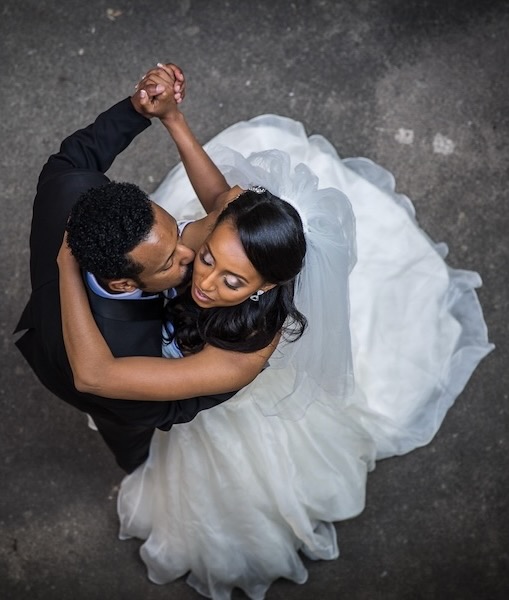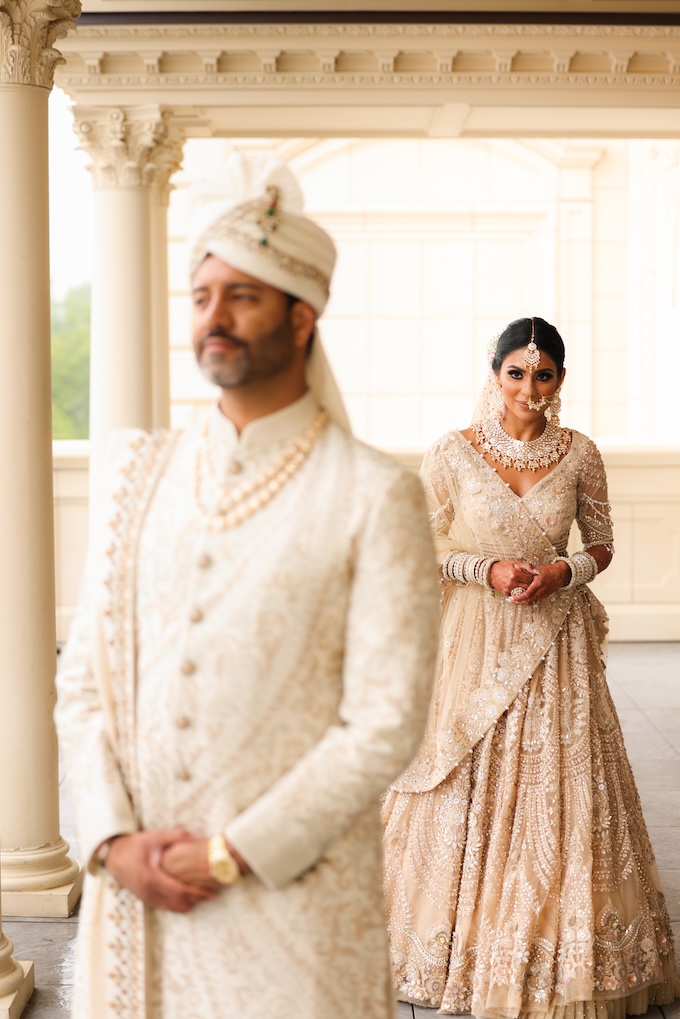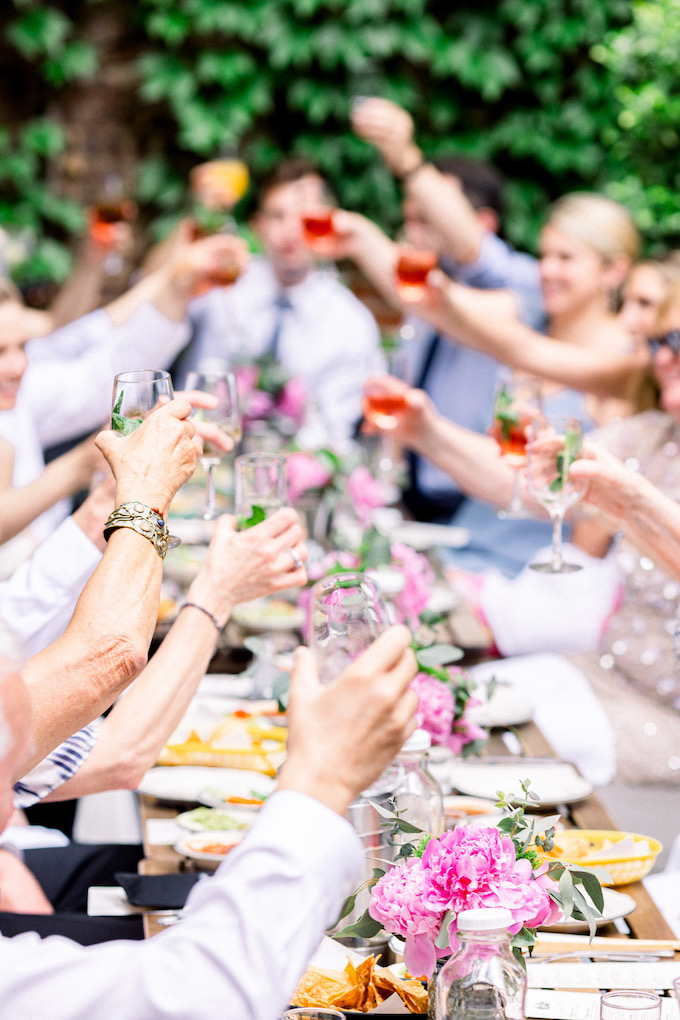In speaking with several photographers about how they got their start and what they’ve learned since their first year as full-time wedding photographers, we discovered that one of these shooters, Miana Jun, had a lot more to say about her process than we could fit in print. Here, we give you the full interview of what it was like for Jun to climb the ranks in assisting master wedding photographer Kathi Littwin, and when she knew it was time to forge her own way.
RF: How did you first get into photography?
Miana Jun: At the time I decided to try wedding photography, I had recently stepped down from a 17-year modeling career and was working mostly as freelance photographer with a New York City production company doing commercial video and photography work as well as freelance dance photography. I was looking to redirect my photography skills and experience in a way that was authentic to my skills and personality. I also wanted to connect my heart more with the work I was doing, and somehow be part of something more personal.
RF: How did you think to assist for Kathi Littwin, and how did you ultimately get the apprenticeship?
MJ: I fell in love with all the photographs from the book Wedding Photography Unveiled by Jacqueline Tobin [Rangefinder’s editor-in-chief]. When I was going through my career transition, the book planted the seed of creative possibility of how to see a wedding day that was outside the box of my experience at the time. My husband used to work with Jacqueline at PDN [Rf’s sister magazine], and he encouraged me to reach out to her to see if she could refer any of the contact information for the New York-based wedding shooters. Kathi Littwin was also featured in the book and was the only NYC photographer who set an interview with me to view my photographic work at the time. I felt lucky because I really loved Kathi’s work and later learned she was one of the pioneers in the wedding photojournalism approach. The portfolio I shared with Kathi during the interview did not feature weddings but rather a range of portraiture, travel and dance photographs.
RF: What were Kathi’s requirements, what was she looking for in a shooter?
MJ: Kathi’s requirements for a second shooter were someone who was professional, had professional equipment (backup cameras and flash units and a handful of lenses), had a pleasant personality and knew how to shoot. I think she was looking to train someone who had skill, and the fact I didn’t have experience in weddings probably had pros and cons for her. She brought me on as her third assistant. This time gave me the opportunity to explore my creative photo voice while implicitly understanding and becoming more familiar with the technical needs and creative responsibilities that were involved with shooting a wedding.
RF: What kind of shots did you take under her before moving up to second shooter?
MJ: My shots as a third shooter were more photojournalistic and candid. Kathi didn’t depend on me for any of the photos that she relied on her second to give her. This allowed me to create photos in the getting-ready spaces, the ceremony and reception and basically photograph my interpretation of the moment without pressure or expectation. It was a form of training that I took seriously. I could watch how Kathi and her second worked in between my work. It was a time to create great work and have fun with it while gaining experience with the photographic expectations of the day. Learning how to make fast transitions with light and the flash unit was a skill that took a lot of practice. I really appreciated Kathi’s artistic approach as a mentor—she understood that inspiration isn’t something you direct a person to feel or do but for the person to find on their own. She always told me to have fun and was extremely kind and patient with some of my mistakes.
When I worked my way up to second shooter, I was familiar with what was expected of me. My work was probably not that different other than gaining more technical experience with lenses, the flash unit and the transitions with the speed of the day. I approached the moments in the same way, but the responsibilities of a second shooter was different. The photos were no longer extras to the day—they were needed as part of the wedding story.
RF: How long did you work with Kathi?
MJ: I began working with Kathi on April 4, 2009 and assisted her for two years. I love to work as her second when I am available today because I enjoy our creative style and synergy. And I will admit, I love working as a second as much as I love working as a first. Not having the same pressure as the first allows a bit more creative freedom.
RF: How was it getting your own brand going?
MJ: It was important for me to gain as much experience as I could before taking the responsibility of documenting one of the most important days of someone’s life. I did work with a few other companies to continue gaining experience and the confidence I needed. Then I decided to advertise on a few online wedding resources and hired a graphic designer to create a logo for me. Attending PhotoPlus Expo and sitting in seminars with the branding experts was also helpful in understanding the steps needed to start my own.





